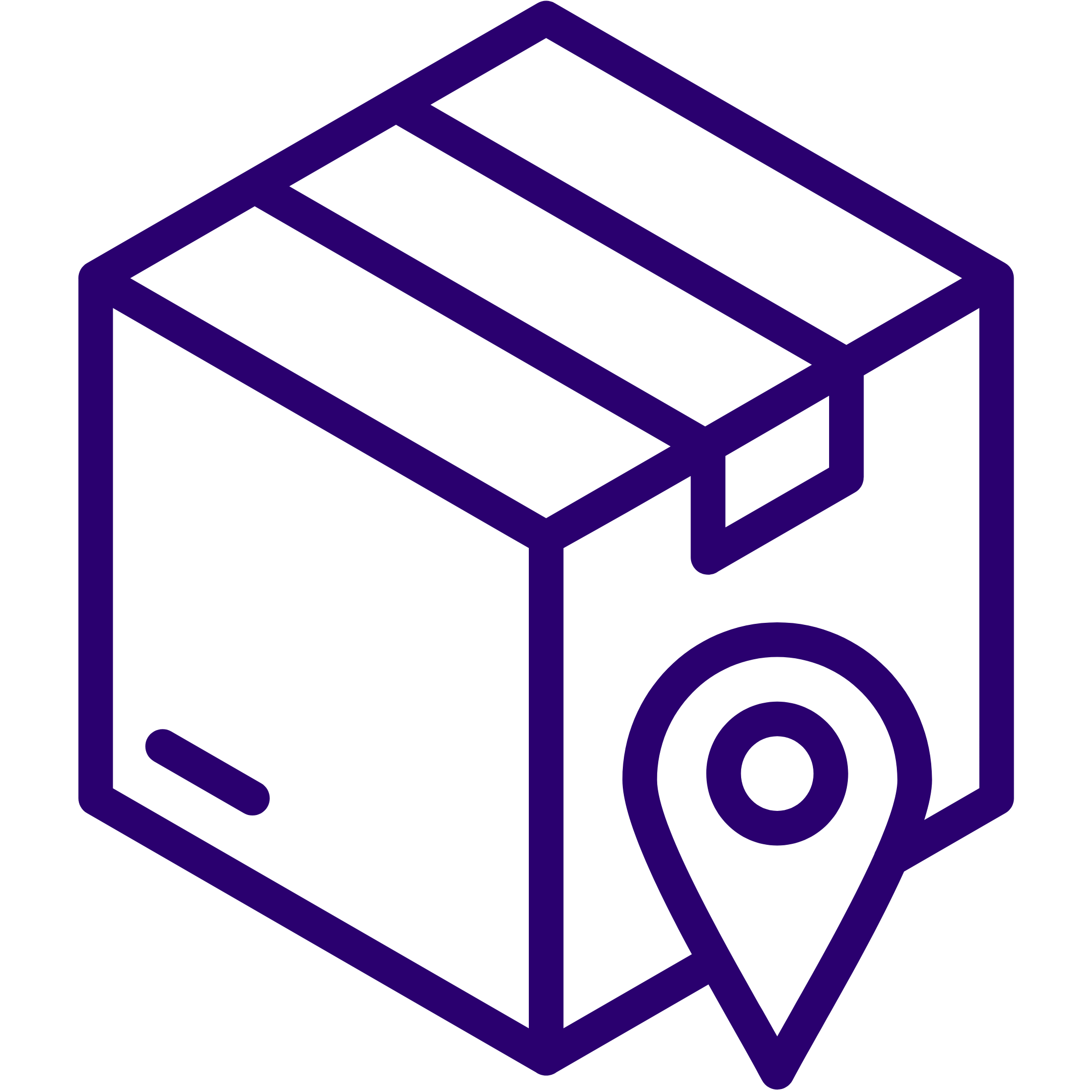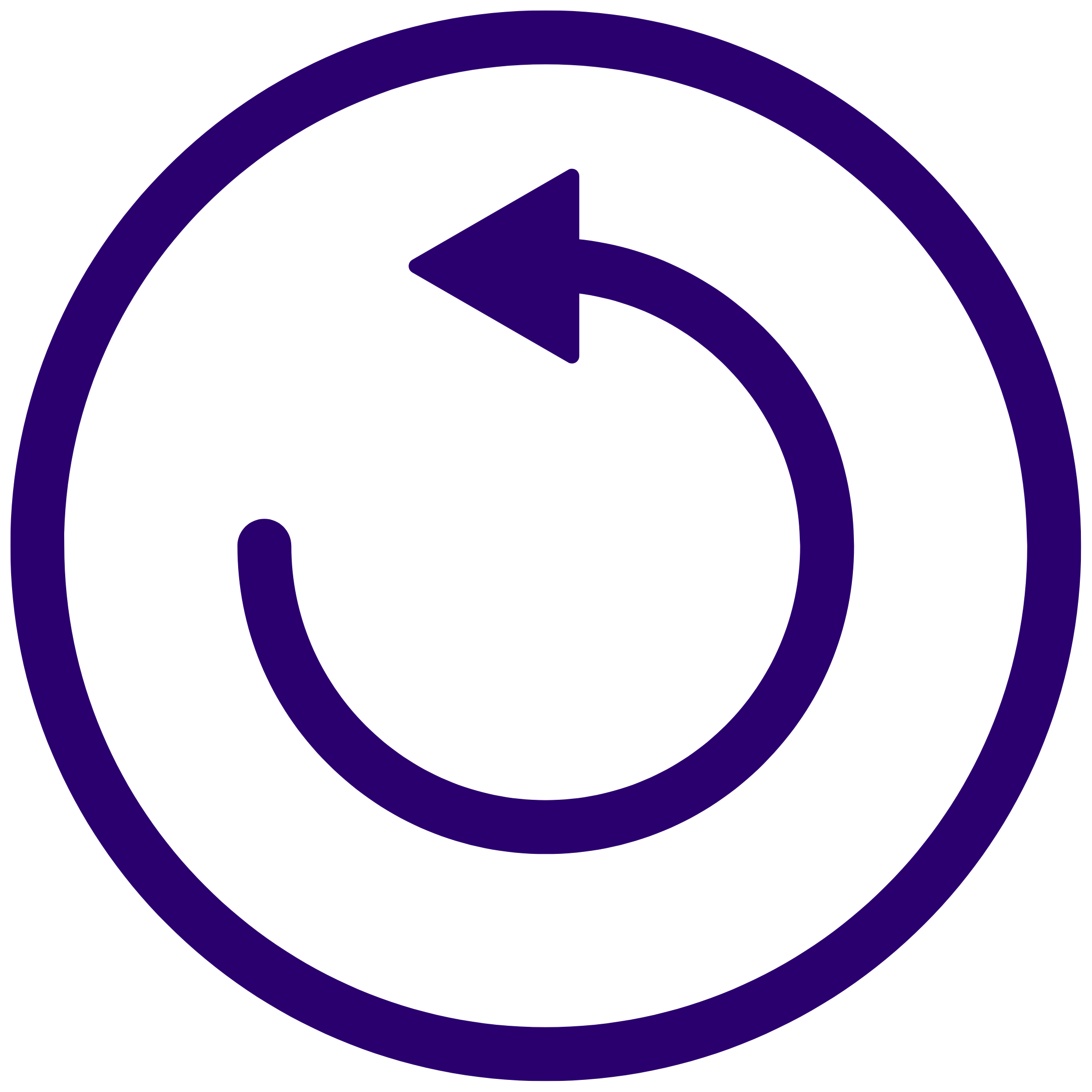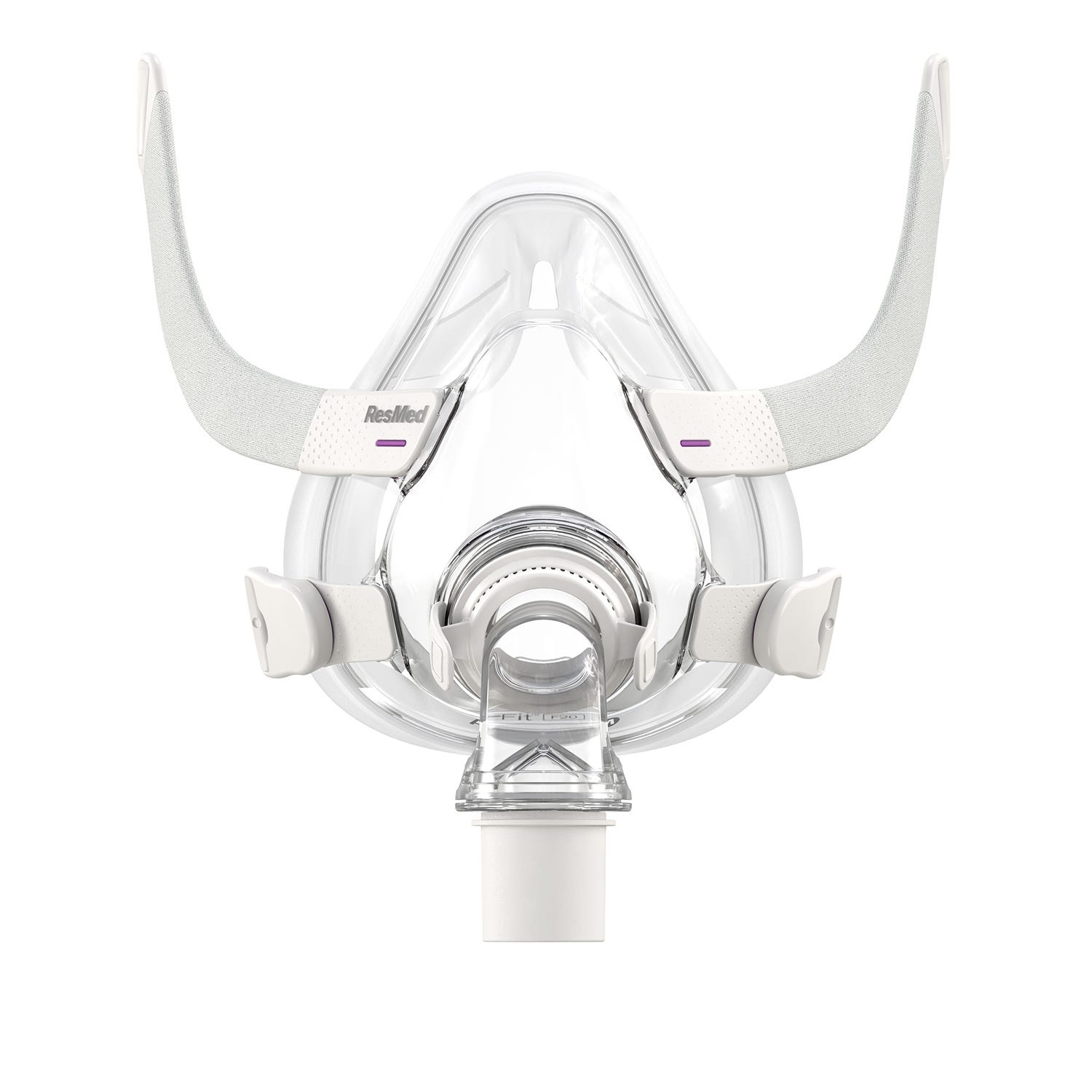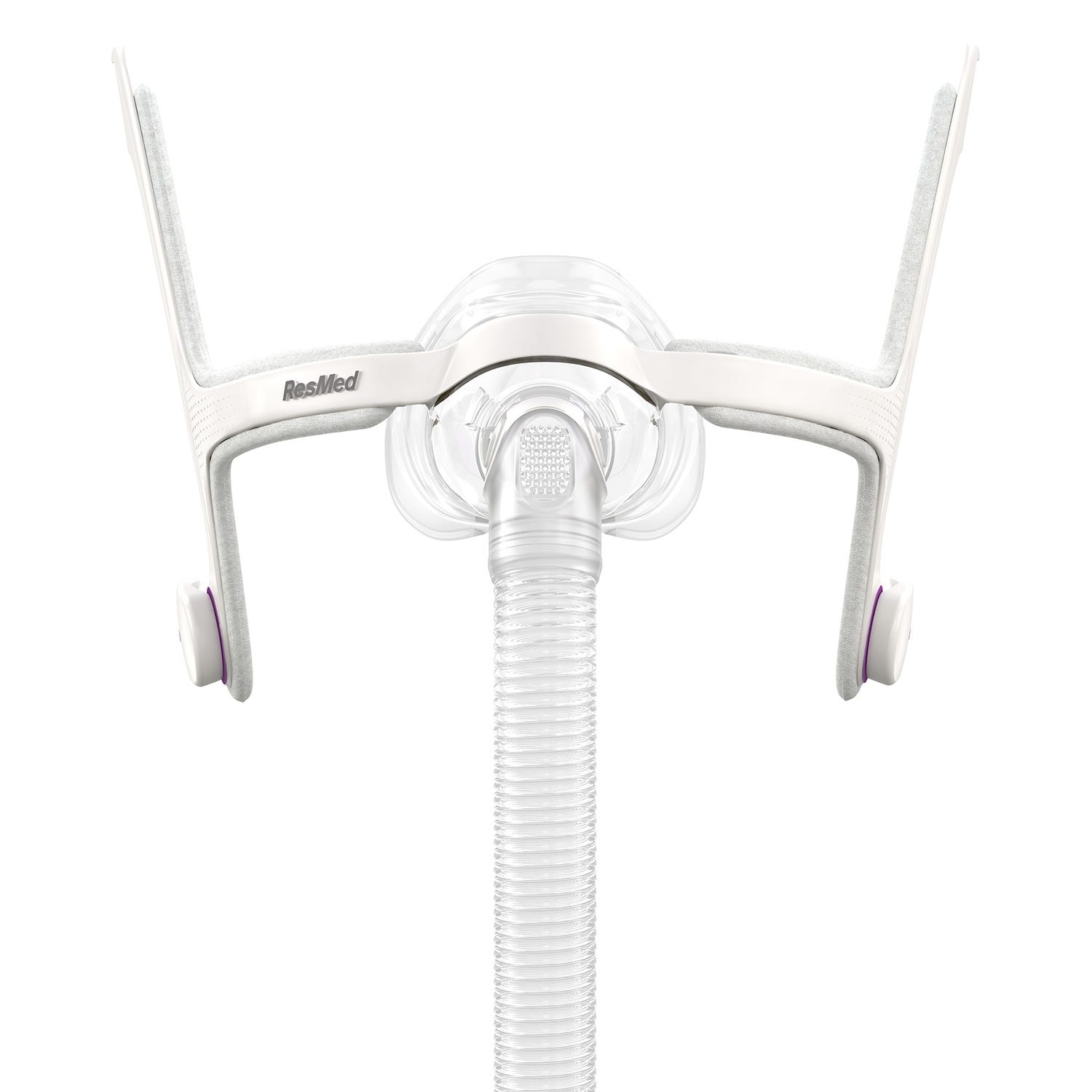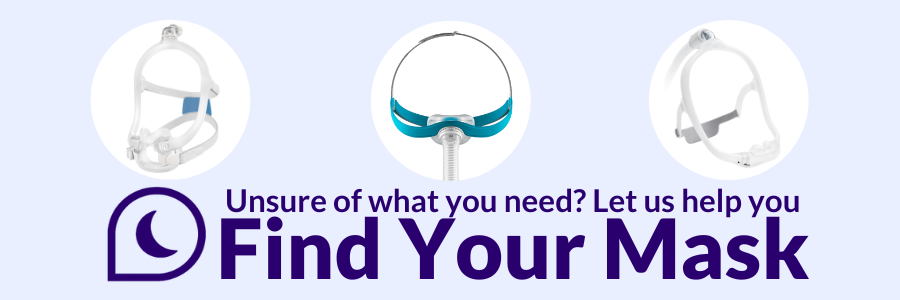“For Her” CPAP masks are designed specifically with the facial contours and features of women in mind. These masks often feature soft fabrics, low-profile mask cushions or nasal pillows, and strap designs that take different hairstyles into consideration. If you have smaller facial features, sensitive skin, or feel uncomfortable or even claustrophobic wearing a standard CPAP mask, these CPAP masks “for Her” options might be perfect for you.
What CPAP Mask Type is Ideal for You?
Sleeping Position:
- Back Sleepers - Full Face Mask, Nasal Mask, Nasal Pillow Mask
- Side Sleepers - Nasal Mask, Nasal Pillow Mask
- Stomach Sleepers - Nasal Pillow Mask
- Active Sleepers - Nasal Mask, Nasal Pillow Mask
Breathing Style:
- Mouth Breathers - Full Face Mask (Nasal Mask, Nasal Pillow Mask can be used in conjunction with a CPAP mask chinstrap)
- Nose Breathers - Full Face Mask, Nasal Mask, Nasal Pillow Mask
- Both/Unknown - Full Face Mask, Hybrid Mask
Additional Considerations:
- Higher Pressure Settings - Full Face Mask, Nasal Mask
- Experience Frequent Nasal Congestion or Allergies - Full Face Mask
- Glasses Wearer - Nasal Mask, Nasal Pillow Mask
- Facial Hair - Nasal Mask, Nasal Pillow Mask
- Low to Mid Pressure Settings - Nasal Pillow Mask
- Minimal Contact - Nasal Mask, Nasal Pillow Mask
- Claustrophobia - Nasal Mask, Nasal Pillow Mask
What is Your Breathing Style?
-
Back Sleeper: Lucky you! Back sleepers can use any kind of CPAP mask.
-
Side Sleeper: This position is the best for snoring, but bulkier mask styles may shift against your pillow and break your seal. The slimmer profile of a nasal CPAP mask or nasal pillow mask will help keep a proper seal, so you can maintain your airflow all night.
-
Stomach Sleeper: As someone with sleep apnea you should try to break this habit, but as far as CPAP masks go you’ll want a minimal design, such as a nasal pillow CPAP mask. Look for one with a mask cushion made of gel or memory foam since it will be pressed against your skin.
You may also wish to try a CPAP pillow to help prevent mask shift or getting tangled in your tubes!
-
Active Sleeper: Look for a mask with a hollow frame and a hose connector that attaches to the top of the head. The top-mount CPAP hose will keep you from getting tangled in your tubing as you toss and turn, while the hollow frame provides flexibility without interrupting your sleep therapy.
What Is Your Sleeping Position?
-
Back Sleeper: Lucky you! Back sleepers can use any kind of CPAP mask.
-
Side Sleeper: This position is the best for snoring, but bulkier mask styles may shift against your pillow and break your seal. The slimmer profile of a nasal CPAP mask or nasal pillow mask will help keep a proper seal, so you can maintain your airflow all night.
-
Stomach Sleeper: As someone with sleep apnea you should try to break this habit, but as far as CPAP masks go you’ll want a minimal design, such as a nasal pillow CPAP mask. Look for one with a mask cushion made of gel or memory foam since it will be pressed against your skin.
You may also wish to try a CPAP pillow to help prevent mask shift or getting tangled in your tubes!
-
Active Sleeper: Look for a mask with a hollow frame and a hose connector that attaches to the top of the head. The top-mount CPAP hose will keep you from getting tangled in your tubing as you toss and turn, while the hollow frame provides flexibility without interrupting your sleep therapy.
What Is Your Pressure Setting?
-
Low to Medium: You’ll be safe with any style sleep apnea mask.
-
High: Both full face and nasal CPAP masks can accommodate high pressure settings; however, full face CPAP masks may be more comfortable since they distribute the airflow over a larger area. You’ll likely need to avoid nasal prong or nasal pillow CPAP masks.
Why Choosing the Best Mask Fit is Key
Making sure you find an ideal, comfortable fit for your CPAP mask plays a pivotal role in the effectiveness, safety, compliance, and overall experience of your sleep apnea therapy. Establishing a secure mask seal prevents pressurized air from leaking between your face and your mask cushion/nasal pillow, promoting steady airflow to your upper airway. This helps to eliminate side effects caused by a poorly fit CPAP mask, such as skin irritation, dry eyes, nasal congestion, discomfort, and reduced CPAP therapy effectiveness.
Find more information on the importance of properly fitting your CPAP mask with this helpful blog or our CPAP Mask Fit Guide.
How Do I Choose the Correct CPAP Mask Cushion Size?
- Mask Cushion/Nasal Pillow Sizing Guides: Use our helpful Mask Sizing Guide Directory to view, download, and print out any available mask cushion/nasal pillow sizing guide PDFs we have listed. These guides include instructions, tips, and diagrams for finding the perfect size for you.
- Fit Packs & Starter Kits: Many of the CPAP masks we carry are made available in fit packs or starter kits that include multiple mask cushions/nasal pillow sizes within the setup pack, allowing you the opportunity to try on each mask/nasal pillow size to determine the most comfortable and secure fit for your needs.
Here is a link to view our selection of CPAP Mask Fit Packs & Starter Kits.
Find Your Mask
Common CPAP Mask Materials
-
Silicone: Soft and flexible, silicone mask cushions/pillows are highly responsive to sleep position changes throughout the night.
-
Memory Foam: Memory foam offers the softest available cushion/pillow option and effortlessly conforms to your face. However, memory foam cushions/pillows typically have to be replaced more frequently than other materials.
-
Gel: Providing a more firm cushion option, gel cushions/pillows maintain their shape while adapting to your unique facial shape and contours, making them ideal for higher pressure settings.
-
How to Clean a CPAP Mask
Regularly cleaning your CPAP mask parts and components is crucial for avoiding the accumulation of bacteria, debris, oils, and other contaminants. This will help prevent the buildup of germs that may cause skin irritation and other unwanted side effects.
Before following the instructions below, first make sure your CPAP machine is unplugged from the power source, disconnect your mask and air tubing from your CPAP machine, and disassemble your mask components into 3 parts (mask cushions/pillows, headgear, and frame):
Part Cleaning Frequency Instructions Full Face Cushions,
Nasal Cushions, & Nasal Pillows
Daily
- Using a mild detergent* and warm, drinking-quality water, gently clean your cushions/nasal pillows to remove any dirt, debris, and oils. Vinegar solutions (3:1, water:vinegar mix) can be used by soaking for 30 minutes to kill accumulated bacteria.
- Rinse thoroughly.
- Allow to air dry, avoiding direct sunlight.
Mask Frame
Weekly
- Using a mild detergent* and warm, drinking-quality water, gently clean your mask frame to remove any dirt, debris, and oils. Vinegar solutions (3:1, water:vinegar mix) can be used by soaking for 30 minutes to kill accumulated bacteria.
- Rinse thoroughly.
- Allow to air dry, avoiding direct sunlight.
Headgear
Weekly
- Using a mild detergent* and warm, drinking-quality water, gently clean your mask headgear to remove any dirt, debris, and oils. Do not use a vinegar solution.
- Rinse thoroughly.
- Hang dry, avoiding direct sunlight.
Chinstrap
Weekly
- Using a mild detergent* and warm, drinking-quality water, gently clean your mask chinstrap to remove any dirt, debris, and oils. Do not use a vinegar solution.
- Rinse thoroughly.
- Hang dry, avoiding direct sunlight.
*Avoid using strong detergents or soaps, especially those that contain harsh chemicals, perfumes, dyes, moisturizers, or alcohol.
You can find more useful information regarding CPAP cleaning with this blog:
CPAP Replacement Schedule
To keep your CPAP therapy both effective and hygienic you should replace the individual parts of your mask according to the recommended schedule. This will help ensure that your CPAP mask is clean and free from air leakage, and always maintains the perfect fit.
-
Nasal Pillows — Every 2 weeks
-
Nasal Mask Cushions — Every 2 weeks
-
Full Face Mask Cushions — Every 4 weeks
-
Mask Frame — Every 3 months
-
Headgear — Every 6 months
-
Chinstraps — Every 6 months
-
Do CPAP Masks Require a Prescription?
Many of your favorite CPAP masks are available prescription-free thanks to our convenient non-RX CPAP mask kits! However, a fully assembled CPAP mask with headgear (including Fit Packs and Starter Packs) or any masks purchased through insurance do require a current prescription from a licensed healthcare provider (such as your Sleep Specialist).
If you need help obtaining or updating your prescription, we can help! Simply email us at info@cpapsupplies.com with your request.
30 Day Mask Guarantee
Choose your next mask with confidence with our 30-day guarantee on new CPAP masks. If you’re not fully satisfied with your purchase, you’ll get the full amount towards a new mask – at no extra cost!
Learn more about our 30-Day Mask Guarantee.

